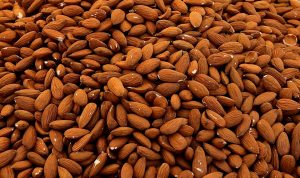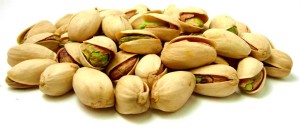Don and Ben are joined by longtime friend and colleague, podcast downloader (and sometimes listener) Linda Harris. The three nerds talk about other podcasts, Kardashian indices, Erdos numbers, berries, and the long and progressive food safety story of raw almonds. The almond story touches on what should happen when an industry has a major outbreak, how working with extension and research academics can lead to solutions and ripples of managing food safety risks.
You can download Food Safety Talk 183 here or at iTunes.
Show notes so you can follow along at home:
-
Aligning the Food System for Food Safety in Food Waste Solutions
-
Food Safety Talk 182: Is It Their Last Tuna? — Food Safety Talk
-
Food Safety Talk 177: Toilet as a Research Device — Food Safety Talk
-
Food safety: FDA now tests frozen berries for hepatitis A, norovirus
-
The Kardashian index: a measure of discrepant social media profile for scientists
-
Compute your Erdös number – The Erdös Number Project- Oakland University
-
California’s Abundant Agricultural Commodities Stay Gold – Food Quality & Safety
-
Salmonella outbreak linked to Caito Foods fresh-cut melons | Packer
-
Why You Should Think Twice About Buying “Raw” Almonds at the Store – Living Whole




 But I’m not judging.
But I’m not judging.